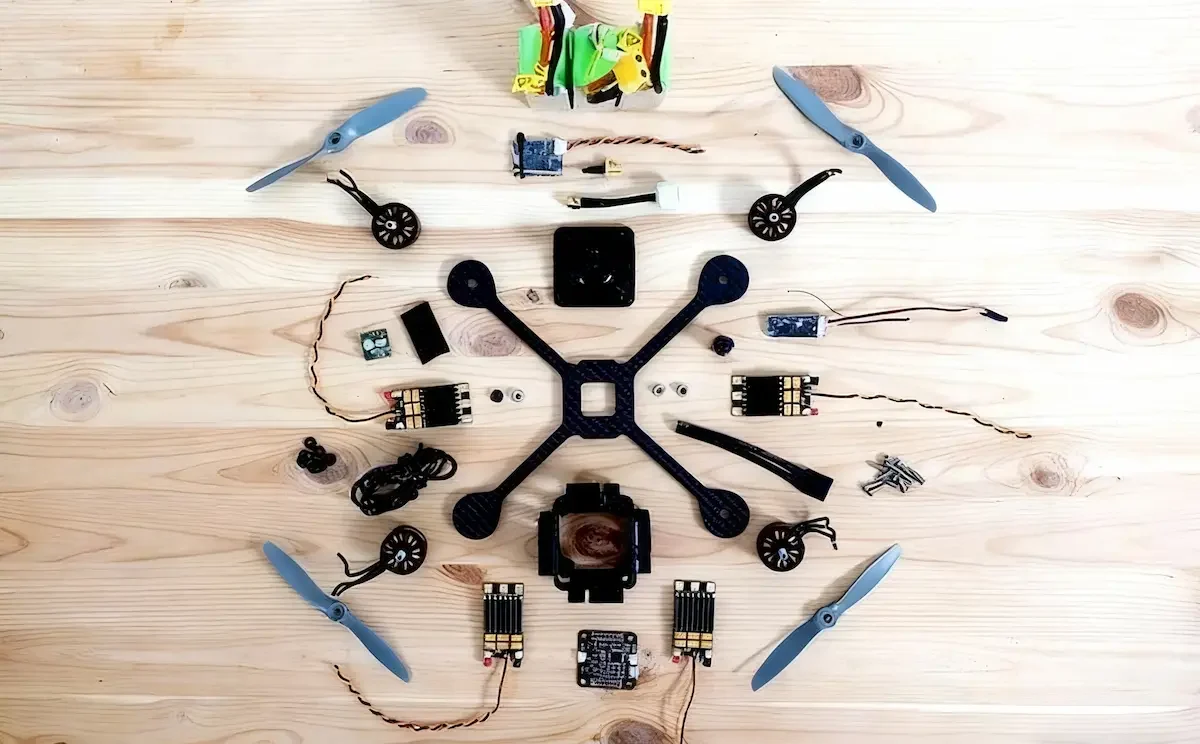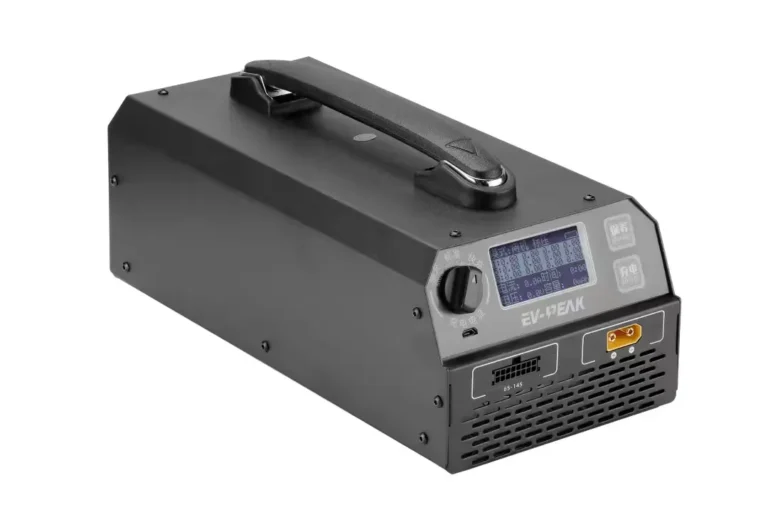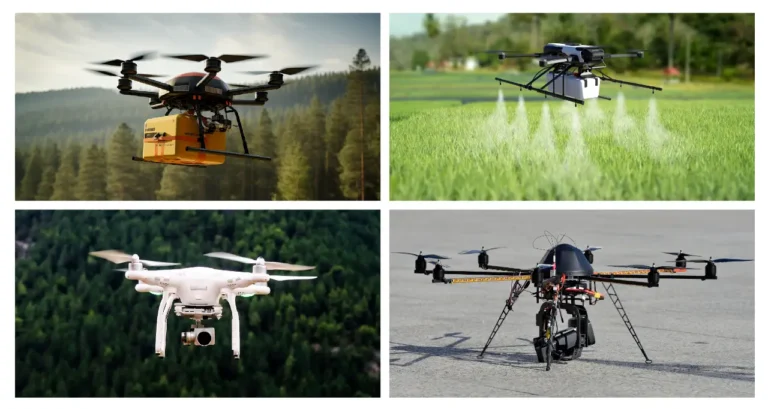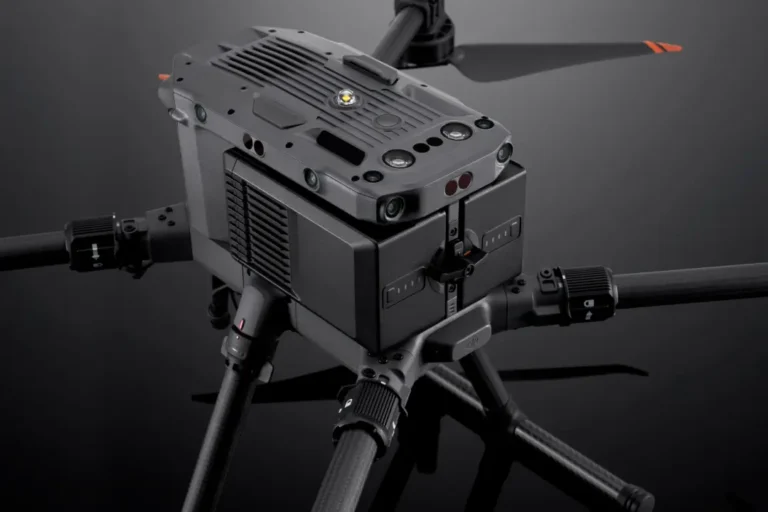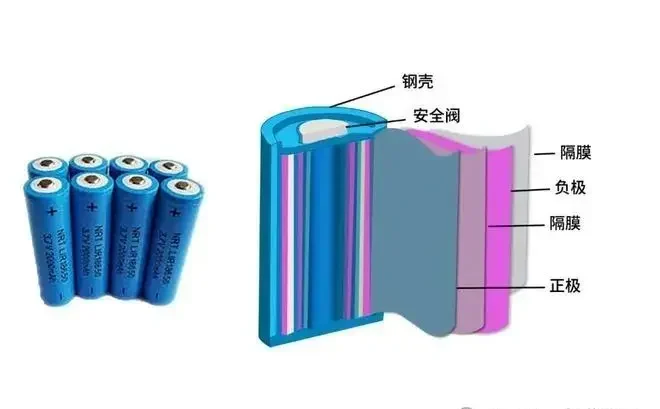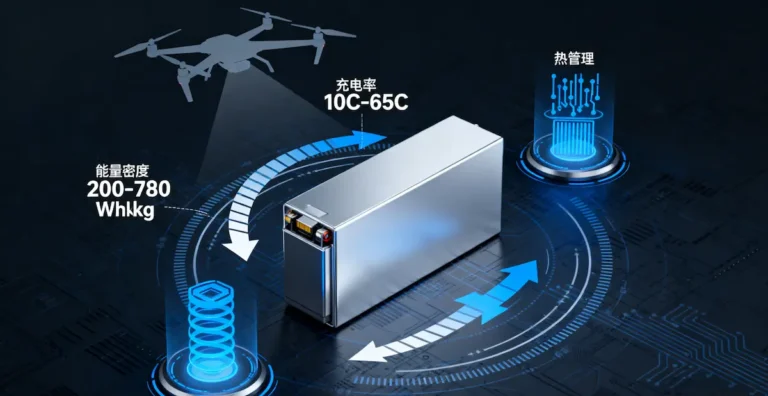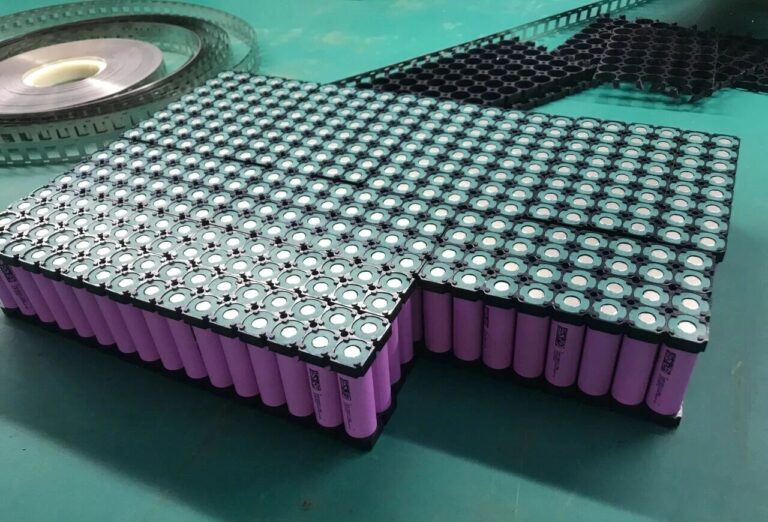Teen Drone Battery Guide: Safe Usage and Performance Optimization
Lithium polymer batteries serve as the power core for most youth drones, and their proper use and maintenance directly impact flight safety and experience.
As a lithium battery technology engineer, I believe that the use of youth drone power batteries not only affects the flying experience but also directly involves safety risks. Teenagers typically operate entry-level consumer models (such as mini aerial cameras or toy-grade FPV drones). The batteries in these devices are specially optimized for safety, capacity, and portability, while also meeting the demand for low operational barriers.
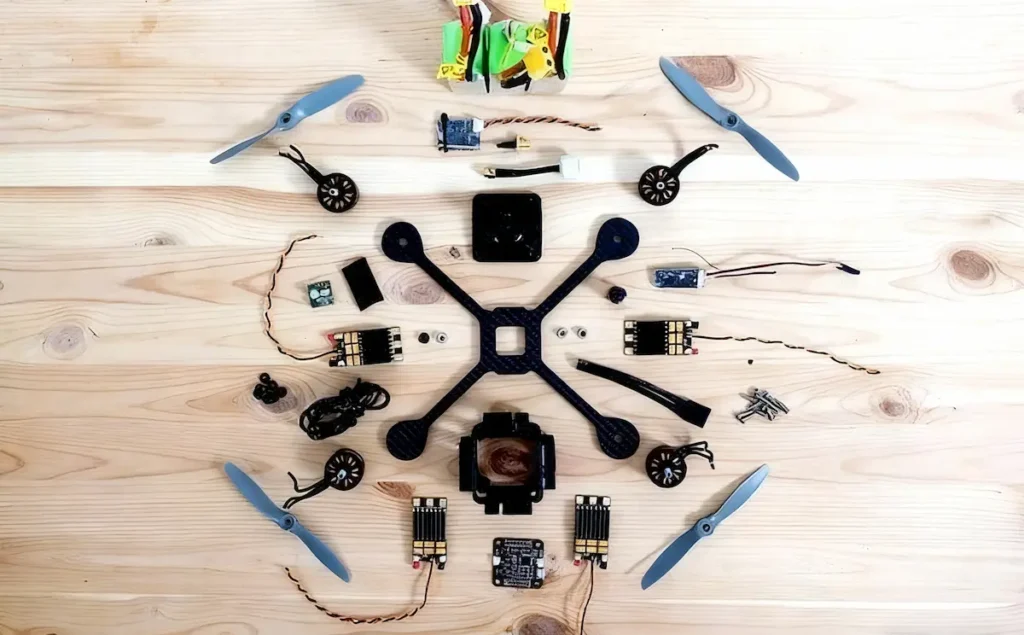
I. Battery Types and Core Characteristics
Youth drones almost exclusively utilize lithium polymer batteries (LiPo), primarily due to their outstanding energy density and lightweight properties. Compared to traditional dry cell or lead-acid batteries, drone LiPo batteries deliver longer flight times at equivalent weights—a critical factor for the flying experience.
A single LiPo cell has a nominal voltage of 3.7V, reaching 4.2V or even 4.35V when fully charged. The typical discharge cutoff voltage is 2.6V, though manufacturers often set over-discharge protection to trigger at 3.0V for safety. These batteries deliver stable output voltage, ensuring reliable operation of drone motors and flight control systems. This minimizes voltage fluctuations that can cause altitude loss or control failure, making them particularly beginner-friendly.
Entry-level drone LiPo batteries are usually equipped with a protection circuit board (PCB). This effectively prevents overcharging, over-discharging, and short circuits, significantly reducing safety risks. This design fundamentally differs from the “bare cells” commonly used in professional racing drones.
II. Common Models and Compatible Scenarios
Battery models for youth drones are typically labeled in the format “cell count + capacity + discharge rate.” Common configurations include 2S 1500mAh 15C, 3S 2200mAh 20C, and 4S 1800mAh 30C.
Cell Count (S) and Voltage Relationship: A single LiPo cell has a voltage of 3.7V. The “S” value indicates the number of cells connected in series, with total voltage = 3.7V × S. For example, a 3S battery has a total voltage of 11.1V. It is essential to ensure the battery voltage matches the drone’s voltage requirements. Otherwise, insufficient voltage may prevent takeoff, or excessive voltage could damage the equipment.
Capacity (mAh) and Flight Duration: Capacity determines the battery’s energy storage capability. Higher values extend flight time. For instance, a 2200mAh battery stores approximately 30% more energy than a 1500mAh battery, adding 5-10 minutes of flight time for the same model. However, note that larger capacity isn’t always better—excessive capacity typically means heavier batteries, potentially exceeding the weight limits of youth drones.
Discharge Rate (C) and Power Output: The discharge rate indicates the battery’s discharge capability, calculated as: Discharge Current = Capacity × C Rating. Youth drones generally do not require extremely high C ratings (professional FPV drones often use 50C or higher); 15-30C is sufficient. A too-low C rating leads to insufficient power (slow takeoff, poor wind resistance), while an excessively high C rating causes redundancy and waste, increasing costs.
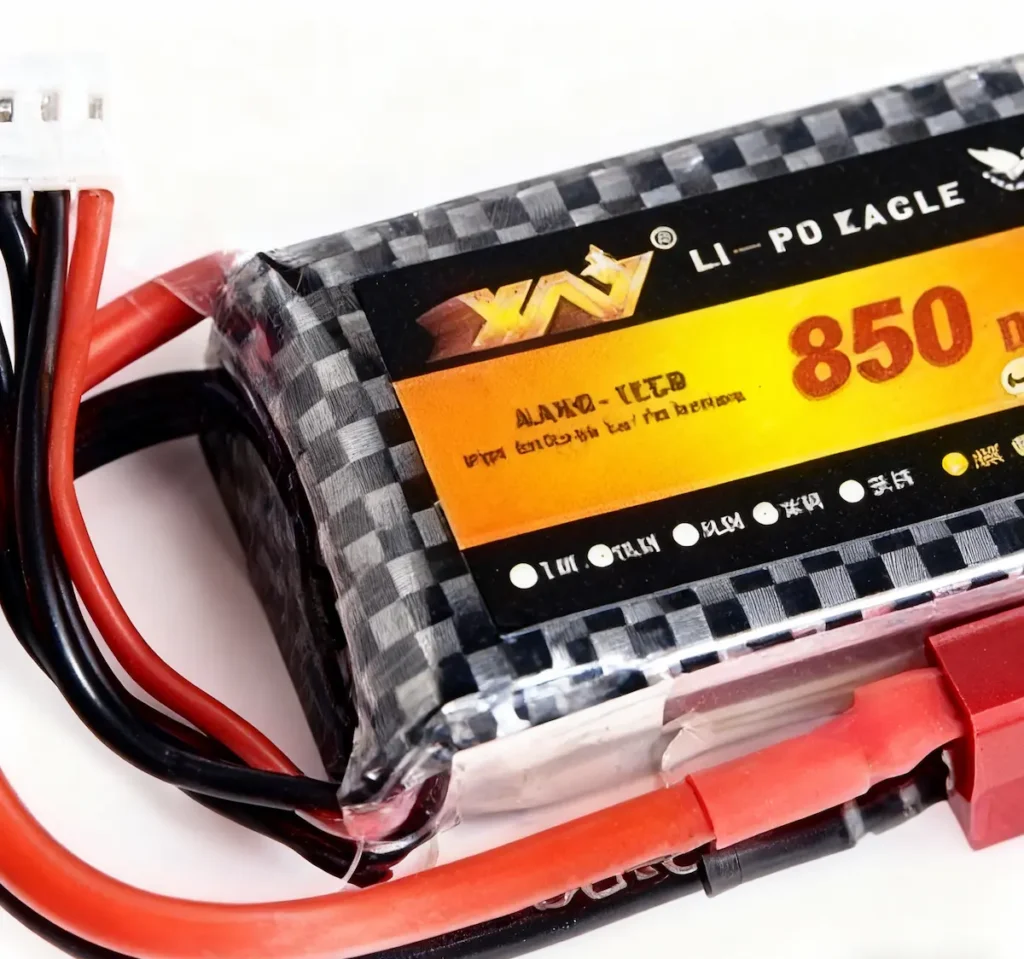
III. Operating Principles and Technical Parameters of Drone Batteries
Lithium polymer batteries store and release energy through the movement of lithium ions between the positive and negative electrodes. The positive electrode typically uses lithium cobalt oxide (LiCoO₂), while the negative electrode is often graphite.
Energy density is a core parameter directly impacting flight duration. Current consumer drone batteries achieve remarkably high energy densities, enabling even mini drones to fly for 10-30 minutes.
Internal resistance is another critical parameter. Cells with lower internal resistance deliver stronger discharge capacity and generate less heat during discharge. Conversely, cells with high internal resistance exhibit weaker discharge capacity and produce more heat. In low-temperature environments, battery internal resistance increases, causing voltage to drop more easily. This is why batteries require insulation or preheating during winter.
Battery cycle life is also a critical consideration. For consumer drone power batteries, 100 charge-discharge cycles represent a long lifespan; in most cases, performance drops below flight requirements after 70 cycles. High-quality cells combined with proper usage practices can extend battery longevity.
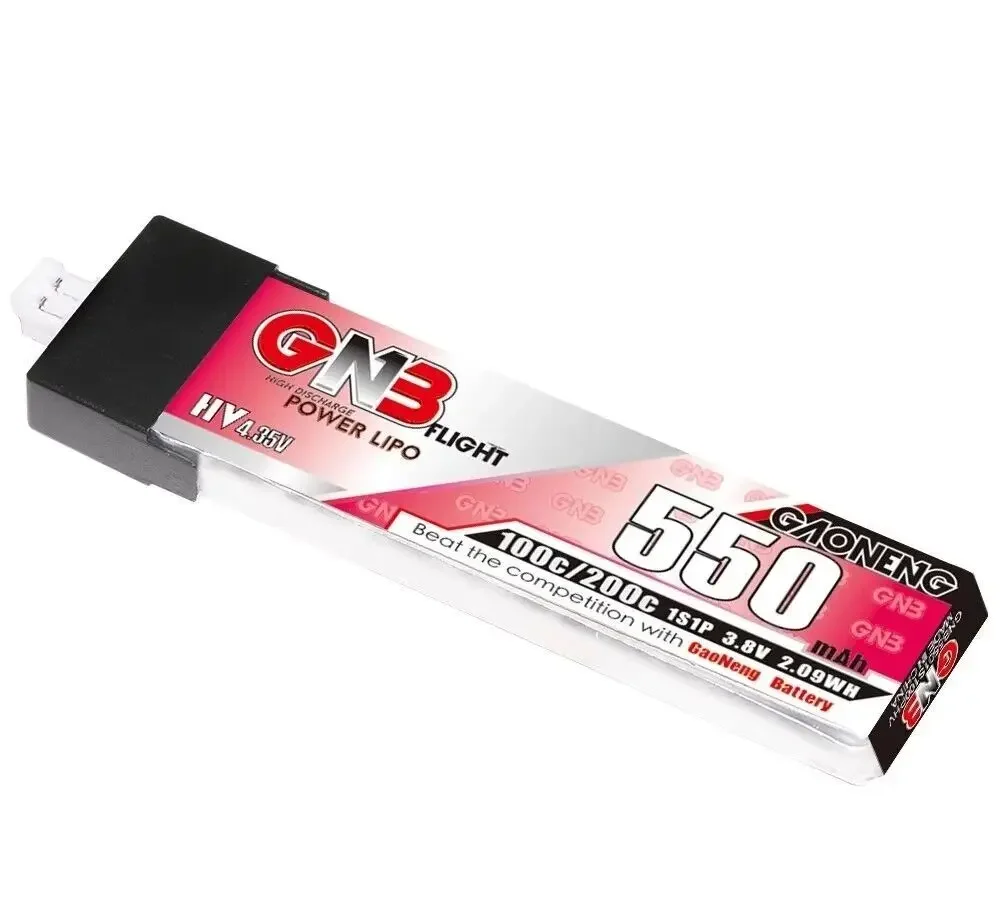
IV. Safety Precautions for Drone Battery Use
Charging Safety: Always use the original or compatible charger. Never mix chargers (e.g., using a phone charger for drone batteries) or charge 2S batteries with a 3S charger. Mismatched chargers may cause overcharging, fires, or other serious accidents. During charging, place the battery and charger on a flat surface away from flammable materials (e.g., concrete floor) and monitor the process to prevent incidents.
Avoid Over-Discharge and Proper Storage: Land immediately when the drone indicates “low battery” and do not force continued flight. Over-discharging severely shortens battery life and may cause swelling. For extended storage (over one week), charge the battery to the “storage voltage” (approximately 11.1V for 3S batteries) rather than storing it fully charged. Long-term storage at full charge accelerates battery degradation. Ideal storage conditions are 40%-60% charge, 20°C to 30°C (68°F to 86°F), in a cool, ventilated, dry environment away from direct sunlight.
Temperature Management: Batteries must not be exposed to direct sunlight (e.g., on a car roof in summer) or placed near heaters. Charge in a shaded area. High temperatures may cause swelling or even explosion. Battery performance significantly degrades in cold temperatures. For example, a 5000mAh 3S battery loses over 20% discharge capacity at -3°C.
Abnormal Condition Handling: If a battery exhibits “bulging (case protrusion), leakage, overheating (exceeding 40°C), or unusual odor,” immediately disconnect it, move it to an open area, and notify a parent or teacher. Swollen batteries pose a fire hazard and require professional handling. If a battery accidentally falls into water, remove it immediately upon retrieval and place it in a safe, open area. Keep a safe distance until it is completely dry. Do not reuse dried batteries; dispose of them properly according to relevant regulations.
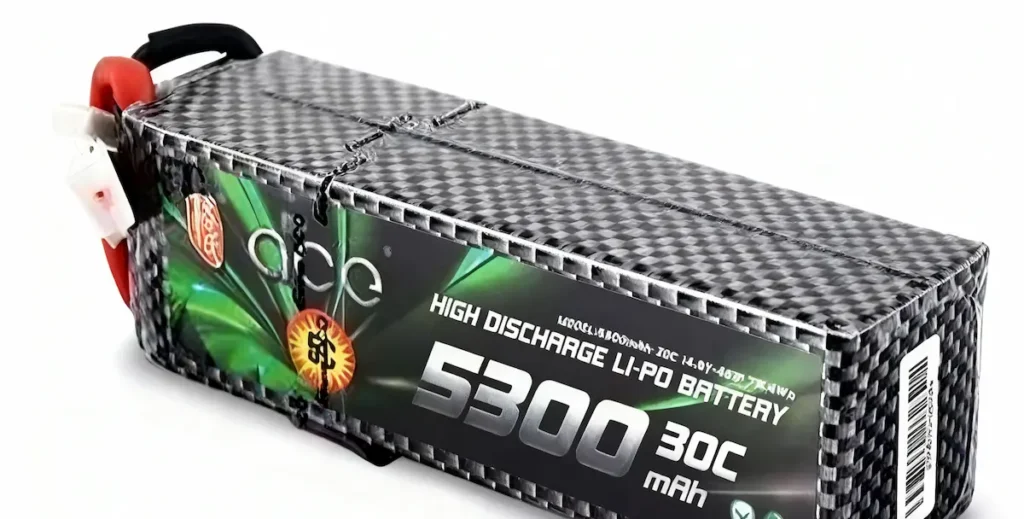
V. Drone Battery Selection Recommendations and Brand Suggestions
When selecting drone batteries for young users, prioritize safety and reliability over solely pursuing high capacity or high discharge rates. Brands like Tattu, Rainbow, and HobbyKing offer product lines suitable for youth, striking a good balance between safety, performance, and price.
Avoid batteries with falsely inflated capacity claims. Purchase branded products through authorized channels or reference user-verified reviews on e-commerce platforms. For beginner youth users, start with products rated at 20C to 35C discharge rates to prevent flight controllers from being overwhelmed by excessive discharge currents.
Additionally, ensure battery compatibility with the drone by verifying physical connector compatibility and that voltage and capacity meet the drone’s design specifications. Some brands offer smart battery solutions featuring built-in BMS systems that monitor voltage, temperature, and charge levels in real-time. These systems communicate with the drone via protocols to provide additional safety protections.
Lithium polymer batteries offer an ideal power solution for youth drones, but safe usage is paramount. Adhering to fundamental principles—such as using original chargers, avoiding over-discharge, proper storage, and temperature management—can significantly reduce safety risks and extend battery lifespan.
As battery technology continues to advance, we anticipate future youth drone batteries will see further improvements in energy density, safety, and intelligent management, delivering safer and longer flight experiences for young users. Selecting the appropriate battery and ensuring proper usage and maintenance will help young enthusiasts fully enjoy the thrill of drone flight.

